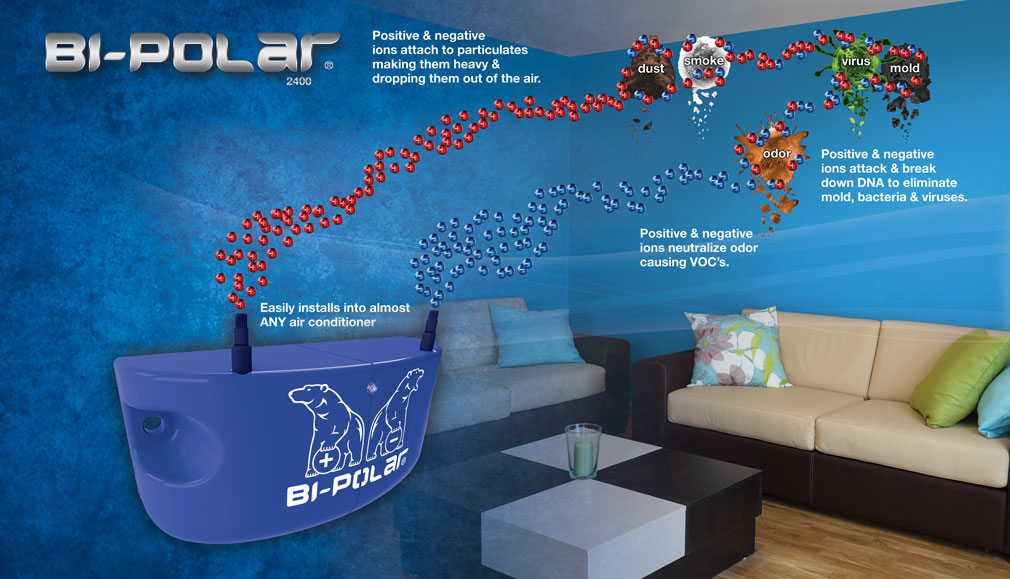Bi-Polar Ionization and IAQ w/ Jon Bennert (Podcast)

Jon Bennert from Air Oasis teaches us about PCO and Bi-Polar air purification and how it improves indoor air quality through ionization.
Photocatalytic oxidation (PCO) is a technology field that uses catalyst metals, hydration agents, and lights to help remove pollutants from the air. These technologies shine a light source on a photocatalyst metal that reacts with pollutants in the air. These pollutants include volatile organic compounds (VOCs), viruses, mold, and other unwanted particles in the home. Some bacteria that are good for you in your gut are NOT good in your respiratory system.
Bi-polar ionization causes reactions to occur with the pollutants. Ionization could potentially break down molecules or genetic material in VOCs and viruses, respectively. Other biological contaminants, including mold and bacteria, also have their proteins broken down and become unable to replicate or reproduce. Larger particles, like dust, are forced to clump together and become so heavy that they fall out of the air.
The air motion in the Bi-Polar product line is the mixture of positive and negative ions that are splitting water vapor molecules. So, you can tell if the Bi-Polar products are working if you can feel airflow; you can tell that the product is generating ions. These ions work to break down harmful particulates in the air AND eliminate odors. Bi-Polar products that use ionization are desirable for people with allergies or homes with lots of shedding pets.
Bi-Polar products are small and easy to install. They simply fasten to the shroud with magnets. These products also come in some voltage ranges, and they have a small energy footprint as well.
Jon also discusses:
- Ionization history
- Petri dish tests
- Bi-Polar products and PCO usage
- Outdoor air standard qualifications
- Servicing Bi-Polar products
- Ice machine contamination
If you have an iPhone, subscribe to the podcast HERE, and if you have an Android phone, subscribe HERE.
Author:









Comments
To leave a comment, you need to log in.
Log In